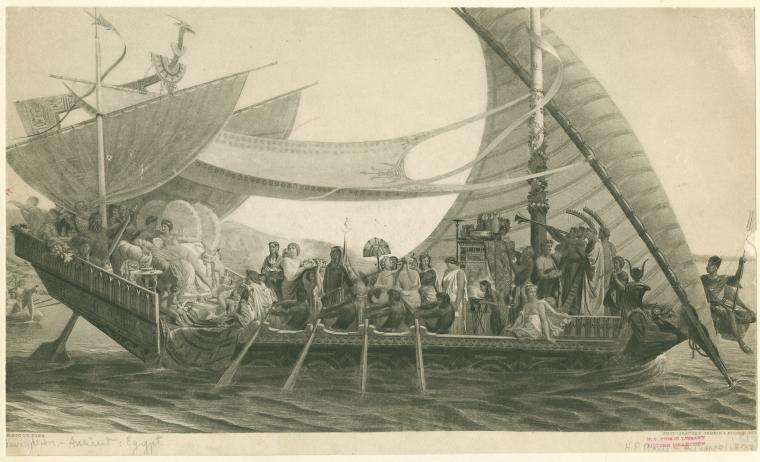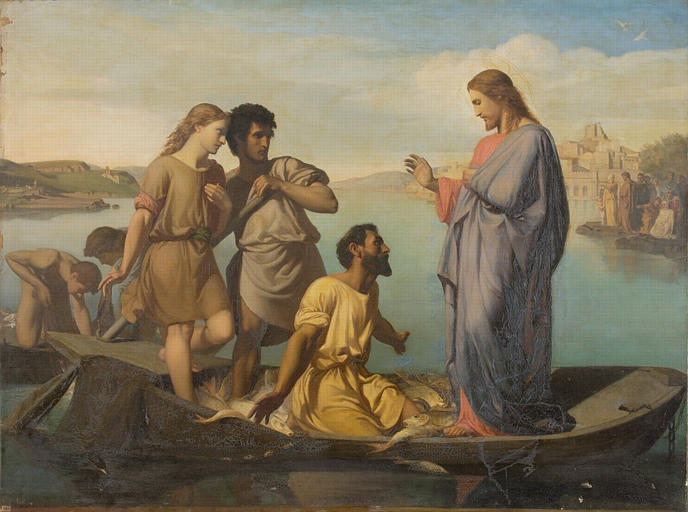Henri-Pierre Picou on:
[Wikipedia]
[Google]
[Amazon]
 Henri-Pierre Picou (
Henri-Pierre Picou ( His artistic debut was at the
His artistic debut was at the  Picou maintained a large workshop in Paris on the
Picou maintained a large workshop in Paris on the
File:The Escape (La Fuite) by Henri Pierre Picou.jpg, ''The Escape''
File:Picou, Henri Pierre - At The Fountain - 1880.jpg, ''At The Fountain'' (1880)
File:Picou, Henri Pierre - The flower pickers - 1881.jpg, ''The Flower Pickers'' (1881)
File:Picou, Henri Pierre - Innocence Seduced by Love - 1886.jpg, ''Innocence Seduced by Love'' (1886)
 Henri-Pierre Picou (
Henri-Pierre Picou (Nantes
Nantes (, , ; Gallo: or ; ) is a city in Loire-Atlantique on the Loire, from the Atlantic coast. The city is the sixth largest in France, with a population of 314,138 in Nantes proper and a metropolitan area of nearly 1 million inhabita ...
27 February 1824 – 17 July 1895) was a French painter
Painting is the practice of applying paint, pigment, color or other medium to a solid surface (called the "matrix" or "support"). The medium is commonly applied to the base with a brush, but other implements, such as knives, sponges, and ai ...
. His oeuvre began with portraits and classical historical subject matter but he later moved on to allegorical and mythological themes.
He was an academic painter
Academic art, or academicism or academism, is a style of painting and sculpture produced under the influence of European academies of art. Specifically, academic art is the art and artists influenced by the standards of the French Académie d ...
and one of the founders of the Neo-Grec
Néo-Grec was a Neoclassical Revival style of the mid-to-late 19th century that was popularized in architecture, the decorative arts, and in painting during France's Second Empire, or the reign of Napoleon III (1852–1870). The Néo-Grec vo ...
school, along with his close friends Gustave Boulanger
Gustave Clarence Rodolphe Boulanger (25 April 1824 – 22 September 1888) was a French figurative painter and academic artist and teacher known for his Classical and Orientalist subjects.
Education and career The Néo-Grecs and the Prix de Rom ...
, Jean-Léon Gérôme
Jean-Léon Gérôme (11 May 1824 – 10 January 1904) was a French painter and sculptor in the style now known as academicism. His paintings were so widely reproduced that he was "arguably the world's most famous living artist by 1880." The ran ...
, and Jean-Louis Hamon
Jean-Louis Hamon (5 May 1821 – 29 May 1874) was a French painter.
Hamon was born at Plouha, in today's Côtes-d'Armor ''département'', in France. At an early age he was intended for the priesthood, and placed under the care of the brother ...
, also academic painters. All of them studied in the workshops of both Paul Delaroche
Hippolyte-Paul Delaroche (17 July 1797 – 4 November 1856) was a French painter who achieved his greater successes painting historical scenes. He became famous in Europe for his melodramatic depictions that often portrayed subjects from English ...
and later Charles Gleyre
Marc Gabriel Charles Gleyre (2 May 1806 – 5 May 1874), was a Swiss artist who was a resident in France from an early age. He took over the studio of Paul Delaroche in 1843 and taught a number of younger artists who became prominent, including He ...
. Picou's style was noticeably influenced by Gleyre. While the rest of the group generally painted classical and mythological subjects, Picou also received commissions for large religious frescoes from many churches, including the Église Saint-Roch
The Church of Saint-Roch (french: Église Saint-Roch) is a 17th-18th-century French Baroque and classical style church in Paris, dedicated to Saint Roch. It is located at 284 rue Saint-Honoré, in the 1st arrondissement. The current church was ...
.
 His artistic debut was at the
His artistic debut was at the Salon
Salon may refer to:
Common meanings
* Beauty salon, a venue for cosmetic treatments
* French term for a drawing room, an architectural space in a home
* Salon (gathering), a meeting for learning or enjoyment
Arts and entertainment
* Salon (P ...
in 1847. The next year he was awarded a second-class medal for his painting, ''Cléopâtre et Antoine sur le Cydnus''. Also known as ''Cleopatra on the Cydnus'', it is commonly regarded as Picou's masterpiece. This showing at the Salon in 1848 was written about by the critic Théophile Gautier
Pierre Jules Théophile Gautier ( , ; 30 August 1811 – 23 October 1872) was a French poet, dramatist, novelist, journalist, and art and literary critic.
While an ardent defender of Romanticism, Gautier's work is difficult to classify and rem ...
, who felt that the subject matter was too ambitious, but also said that "As it is, it gives the best hope for the future of the young artist, and ranks among the seven or eight most important paintings of the Salon." In 1875, the painting was exhibited in New York, and afterward found lodgment on the walls of a private art gallery in San Francisco.
 Picou maintained a large workshop in Paris on the
Picou maintained a large workshop in Paris on the Boulevard de Magenta
The boulevard de Magenta is located in the Ninth and Tenth arrondissements of Paris, France.
It begins at place de la République and 1, rue Beaurepaire, and ends at 1, boulevard de Rochechouart and 53, boulevard de la Chapelle.
Etymology
...
, which provided him room to work on his expansive frescoes. His popularity continued to rise and he went on to win the Second Prix de Rome
The Prix de Rome () or Grand Prix de Rome was a French scholarship for arts students, initially for painters and sculptors, that was established in 1663 during the reign of Louis XIV of France. Winners were awarded a bursary that allowed them t ...
in 1853 for his painting, ''Jésus chassant les vendeurs du Temple'' (''The Moneylenders Chased from the Temple''), and another second-class medal for his Salon painting in 1857. From his debut in 1847, he was a regular at the Salon, showing almost every year until his final exhibit in 1893. He has been called the most fashionable painter towards the close of the Second French Empire
The Second French Empire (; officially the French Empire, ), was the 18-year Empire, Imperial Bonapartist regime of Napoleon III from 14 January 1852 to 27 October 1870, between the French Second Republic, Second and the French Third Republic ...
.
Gallery
Notes
Further reading
* *Bénézit, E. '' Dictionnaire des peintres, sculpteurs, dessinateurs et graveurs, Gründ, 1999. *Frimmmel, Lexikon de Weiner Gemälde-Sammign, 1 (1913) 112 * *Maillard, E. L’Art à Nantes, 1924. *H. Marcel, La Peintures Français de XIX e's, 1905 *Mireur, Hippolyte. Dictionnaire des Ventes d'art, vol. 5, (1911) * * * {{DEFAULTSORT:Picou, Henri-Pierre 19th-century French painters French male painters 1824 births 1895 deaths Prix de Rome for painting Academic art 19th-century French male artists